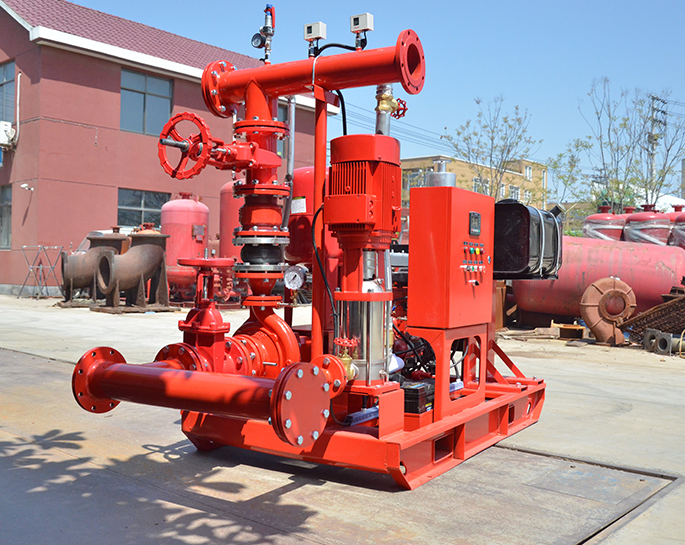What to do if the fire pump is blocked?
If a fire pump is blocked, it is a serious issue that needs immediate attention to ensure the pump is ready to function during a fire emergency. Here are steps to take if you encounter a blocked fire pump:
-
Activate Emergency Procedures:
- If the fire pump is part of a fire protection system, follow established emergency procedures. This may include notifying the appropriate personnel, sounding alarms, or initiating emergency response plans.
-
Isolate Power:
- Disconnect the power supply to the fire pump to ensure safety during inspection and maintenance.
-
Assess the Situation:
- Identify the location and nature of the blockage. Determine whether it is caused by debris, sediment, or a more significant issue.
-
Clear the Blockage:
- Depending on the cause of the blockage, take appropriate measures to clear it.
- Remove any debris or foreign objects manually using tools designed for the purpose.
- If sediment is the issue, consider flushing the system to remove accumulated material.
-
Inspect Intake Strainer:
- Check and clean the intake strainer, which is designed to filter out debris and prevent it from entering the pump.
- If the strainer is clogged, clean or replace it according to the manufacturer's recommendations.
-
Examine Pump Components:
- Inspect other pump components, such as impellers, check valves, and discharge piping, for signs of damage or blockages.
- Ensure that all moving parts can rotate freely without obstruction.
-
Check for Cavitation Damage:
- If the blockage led to cavitation, inspect the pump for cavitation-related damage, such as erosion or pitting on impeller blades.
- Address any cavitation-related issues to prevent future damage.
-
Verify Proper Lubrication:
- Ensure that bearings and moving parts are properly lubricated. Lack of lubrication can lead to increased friction and wear.
-
Restart the Pump:
- Once the blockage is cleared and the pump is inspected and repaired as necessary, carefully restart the pump.
- Monitor its performance for any unusual sounds, vibrations, or signs of leakage.
-
Conduct a System Test:
- Perform a system test to ensure that water is flowing properly through the fire pump and that it is delivering the required pressure.
-
Document and Report:
- Document the actions taken, including the cause of the blockage, steps for resolution, and any preventive measures implemented.
- Report the incident to relevant personnel or authorities as required.
-
Review and Improve Preventive Measures:
- Analyze the root cause of the blockage and take steps to prevent similar issues in the future.
- Consider implementing regular maintenance schedules, including cleaning and inspection procedures, to keep the fire pump in optimal condition.
Remember to follow the manufacturer's guidelines and recommendations for maintenance and troubleshooting. Regular preventive maintenance is crucial to ensure the reliability of fire protection systems. If you are unsure or if the situation is complex, it's advisable to involve qualified professionals with experience in fire pump maintenance and repair.


.png)
.png)

.png)


